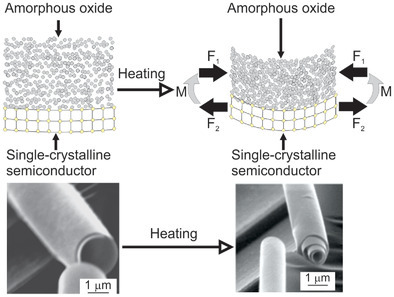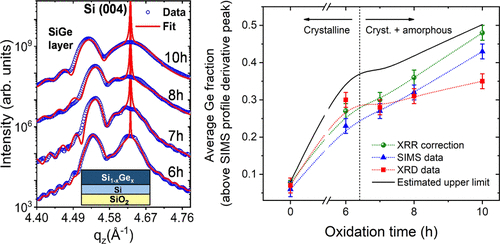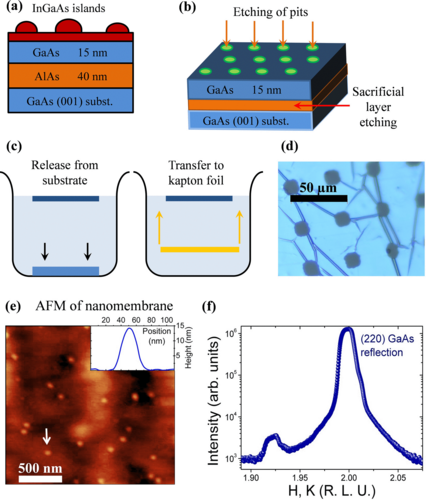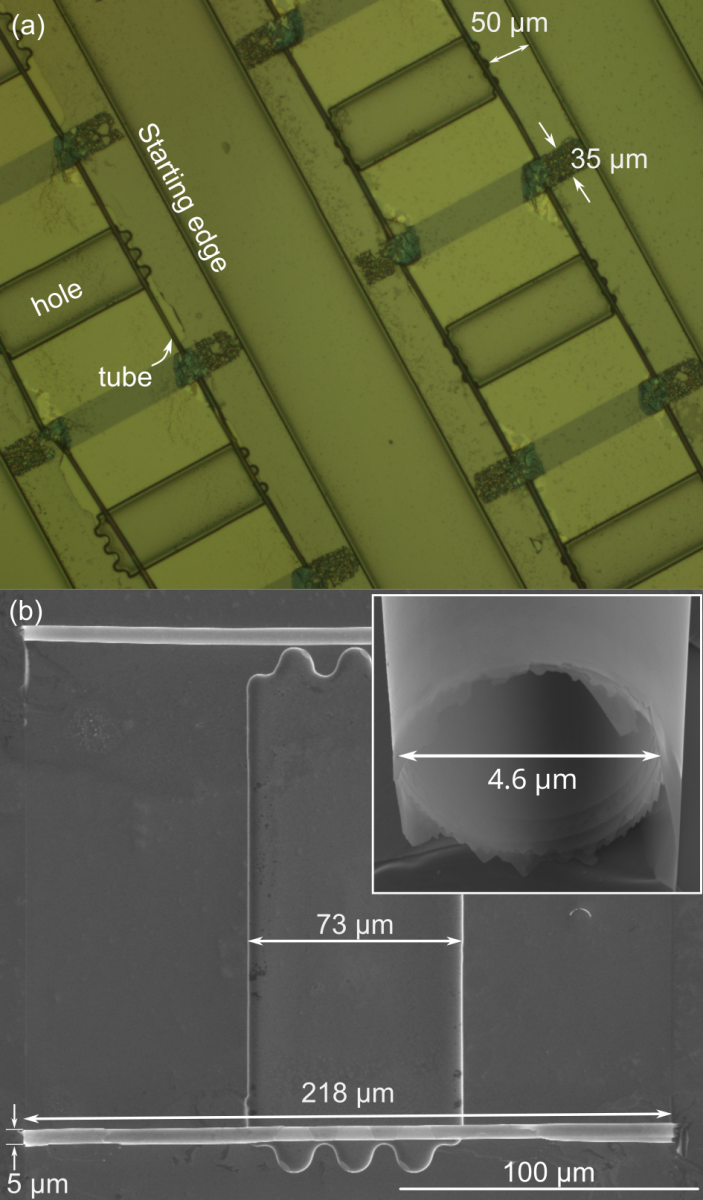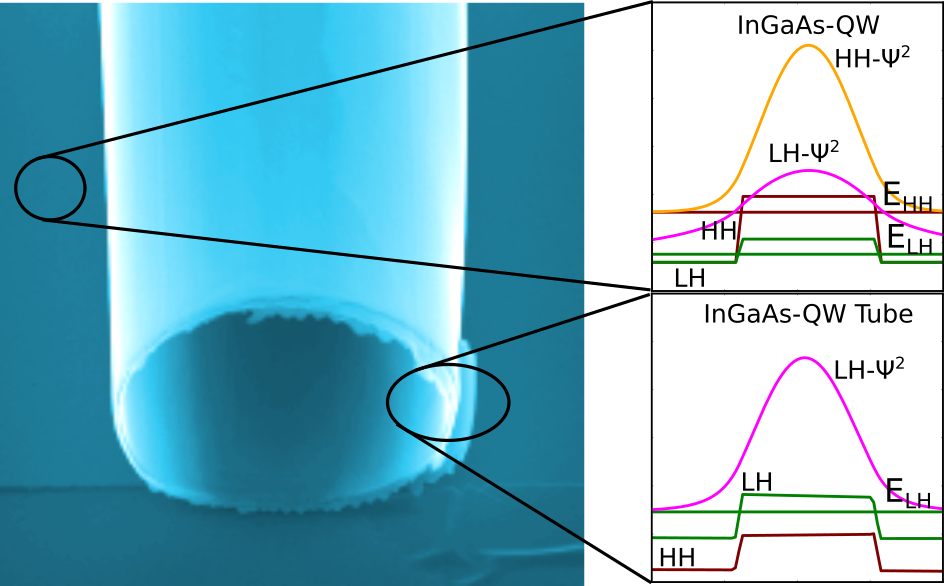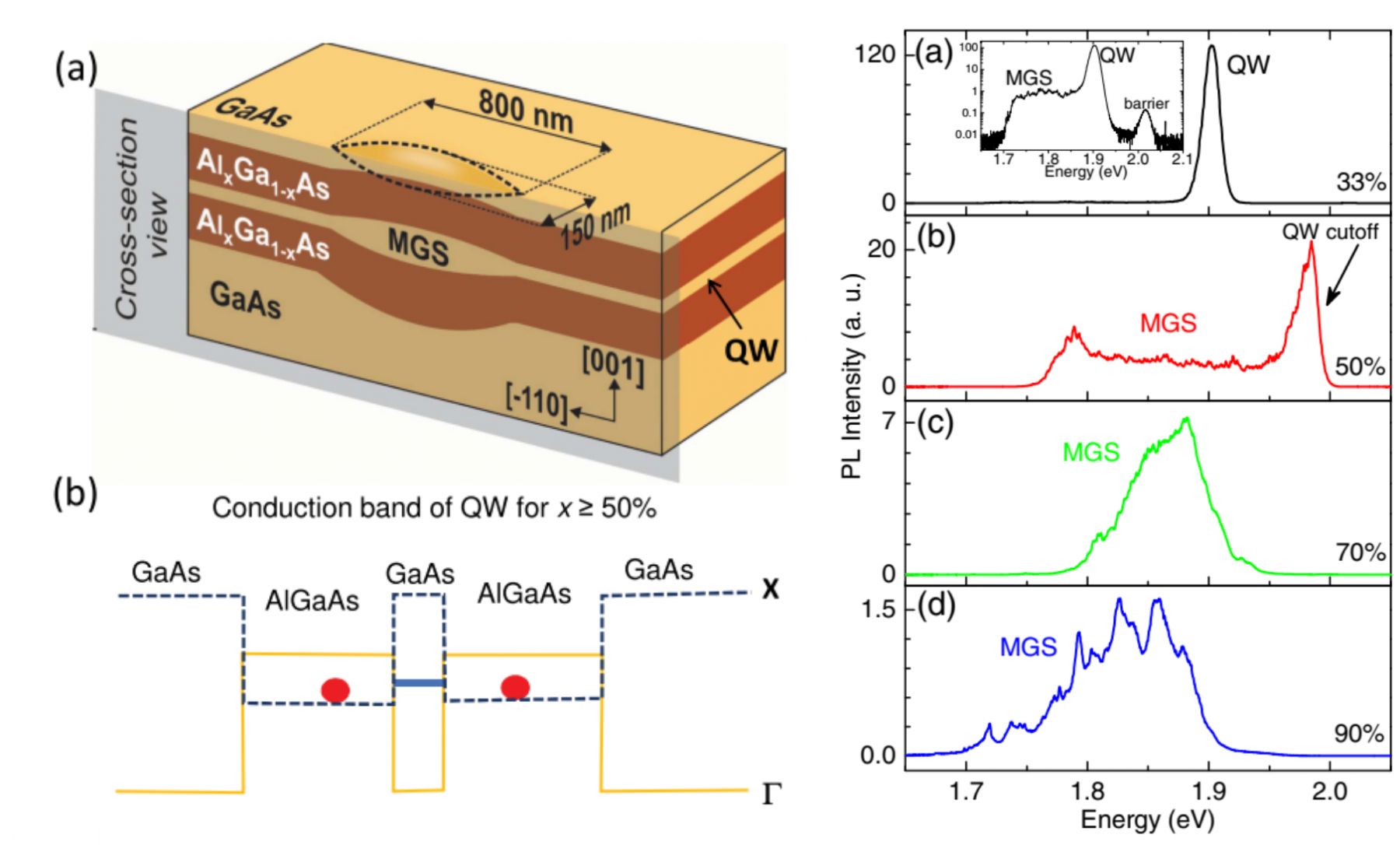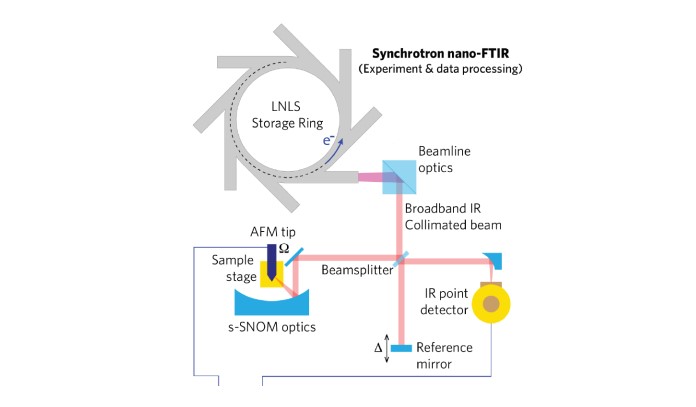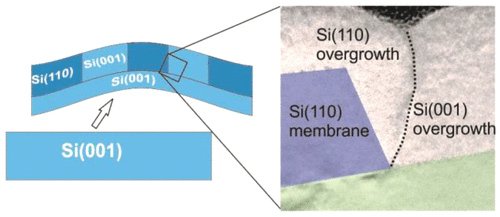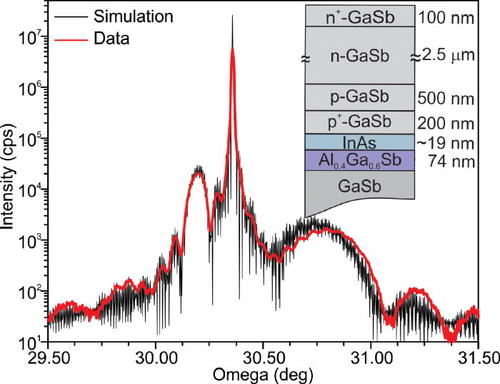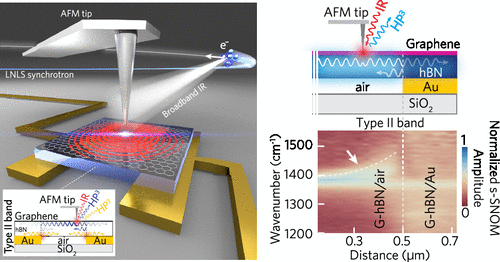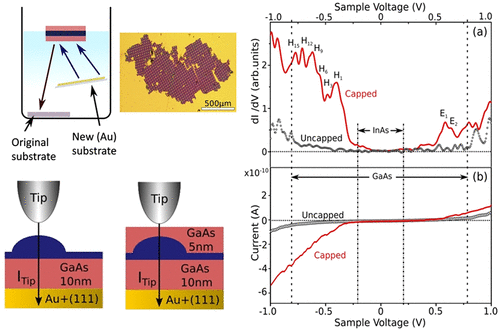That must have been the longest submission in my scientific life. After two years, with 14 referee reports from the first submission to Nature Photonics and three more rounds with Nanoletters our work: “Anisotropic Flow Control and Gate Modulation of Hybrid Phonon-Polaritons” is out.
Light–matter interaction in two-dimensional photonic or phononic materials allows for the confinement and manipulatio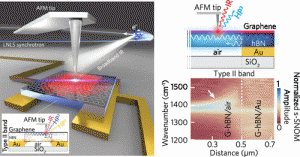 n of free-space radiation at sub-wavelength scales. Most notably, the van der Waals heterostructure composed of graphene (G) and hexagonal boron nitride (hBN) provides for gate-tunable hybrid hyperbolic plasmon phonon-polaritons (HP3). Here, we present the anisotropic flow control and gate-voltage modulation of HP3 modes in G-hBN on an air–Au microstructured substrate. Using broadband infrared synchrotron radiation coupled to a scattering-type near-field optical microscope, we launch HP3 waves in both hBN Reststrahlen bands and observe directional propagation across in-plane heterointerfaces created at the air–Au junction. The HP3 hybridization is modulated by varying the gate voltage between graphene and Au. This modifies the coupling of continuum graphene plasmons with the discrete hBN hyperbolic phonon polaritons, which is described by an extended Fano model. This work represents the first demonstration of the control of polariton propagation, introducing a theoretical approach to describe the breaking of the reflection and transmission symmetry for HP3 modes. Our findings augment the degree of control of polaritons in G-hBN and related hyperbolic metamaterial nanostructures, bringing new opportunities for on-chip nano-optics communication and computing.
n of free-space radiation at sub-wavelength scales. Most notably, the van der Waals heterostructure composed of graphene (G) and hexagonal boron nitride (hBN) provides for gate-tunable hybrid hyperbolic plasmon phonon-polaritons (HP3). Here, we present the anisotropic flow control and gate-voltage modulation of HP3 modes in G-hBN on an air–Au microstructured substrate. Using broadband infrared synchrotron radiation coupled to a scattering-type near-field optical microscope, we launch HP3 waves in both hBN Reststrahlen bands and observe directional propagation across in-plane heterointerfaces created at the air–Au junction. The HP3 hybridization is modulated by varying the gate voltage between graphene and Au. This modifies the coupling of continuum graphene plasmons with the discrete hBN hyperbolic phonon polaritons, which is described by an extended Fano model. This work represents the first demonstration of the control of polariton propagation, introducing a theoretical approach to describe the breaking of the reflection and transmission symmetry for HP3 modes. Our findings augment the degree of control of polaritons in G-hBN and related hyperbolic metamaterial nanostructures, bringing new opportunities for on-chip nano-optics communication and computing.
Authors: Francisco C. B. Maia, Brian T. O’Callahan, Alisson R. Cadore , Ingrid D. Barcelos , Leonardo C. Campos, Kenji Watanabe , Takashi Taniguchi, Christoph Deneke , Alexey Belyanin, Markus B. Raschke , and Raul O. Freitas
Nano Lett. 19, 2, 708-715 ( 2019)
DOI: 10.1021/acs.nanolett.8b03732

